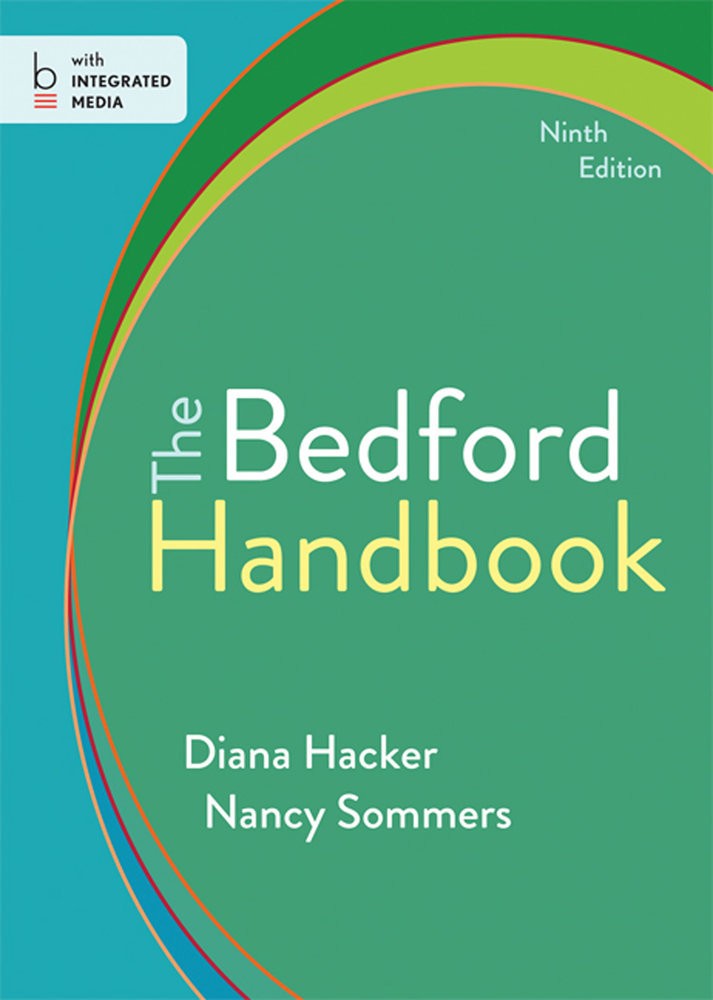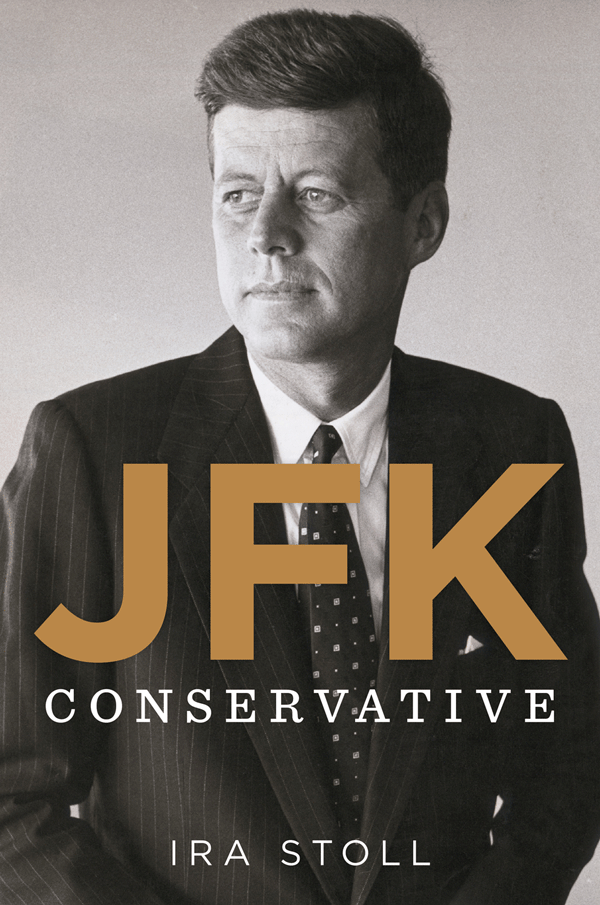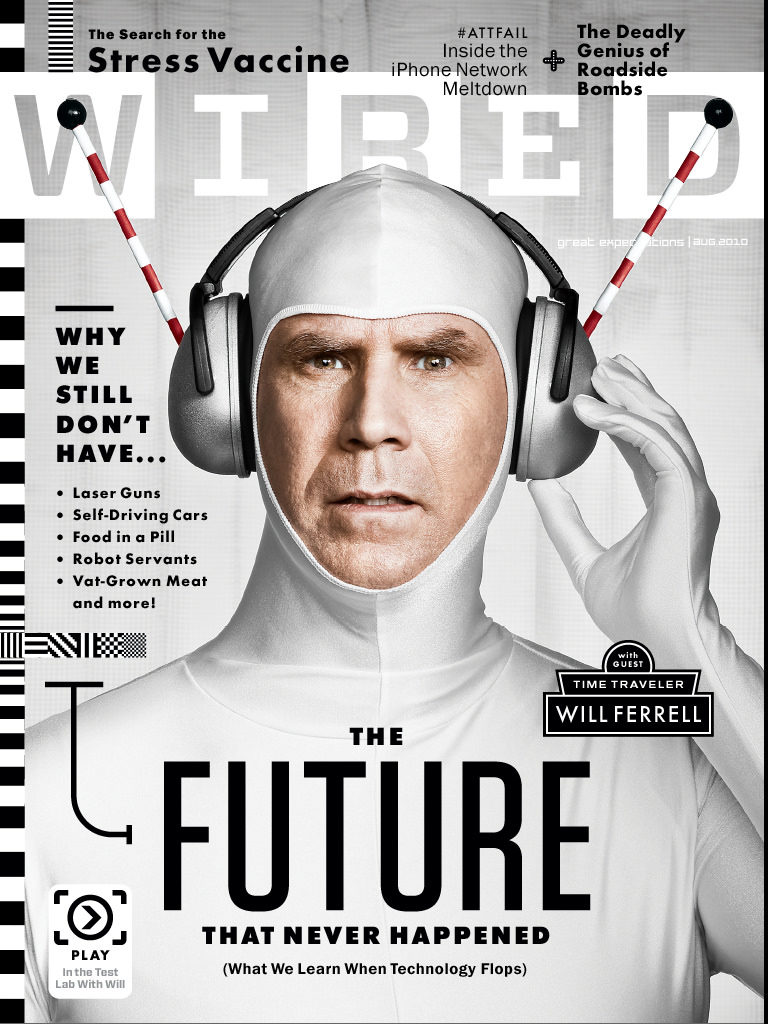5 Chapter 2.1 Identifying Main Points
Identifying Main Points
Regardless of what type of expository text you are assigned to read, your primary comprehension goal is to identify the main point: the most important idea that the writer wants to communicate and often states early on. Finding the main point gives you a framework to organize the details presented in the reading and relate the reading to concepts you learned in class or through other reading assignments. After identifying the main point, you will find the supporting points, the details, facts, and explanations that develop and clarify the main point.
In college, you will read a wide variety of materials, including the following:



- Textbooks. These usually include summaries, glossaries, comprehension questions, and other study aids.
- Nonfiction trade books. These are less likely to include the study features found in textbooks.
- Popular magazine, newspaper, or web articles. These are usually written for a general audience.
Some texts make the task of identifying main points relatively easy. Textbooks, for instance, include the aforementioned features as well as headings and subheadings intended to make it easier for students to identify core concepts. Graphic features, such as sidebars, diagrams, and charts, help students understand complex information and distinguish between essential and inessential points. When you are assigned to read from a textbook, be sure to use available comprehension aids to help you identify the main points.
Trade books and popular articles may not be written specifically for an educational purpose; nevertheless, they also include features that can help you identify the main ideas. These features include the following:
- Trade books. Many trade books include an introduction that presents the writer’s main ideas and purpose for writing. Reading chapter titles (and any subtitles within the chapter) will help you obtain a broad sense of what is covered. It also helps to read the beginning and ending paragraphs of a chapter closely. These paragraphs often sum up the main ideas presented.
- Popular articles. Reading the headings and introductory paragraphs carefully is crucial. In magazine articles, these features (along
with the closing paragraphs) present the main concepts. Hard news articles in newspapers present the gist of the news story in the lead paragraph, while subsequent paragraphs present increasingly general details.
At the far end of the reading difficulty scale are scholarly books and journal articles. Because these texts are written for a specialized, highly educated audience, the authors presume their readers are already familiar with the topic. The language and writing style is sophisticated and sometimes dense. To learn more about researching using these genres, check out Chapter 31: Gathering Reliable Information.
When you read scholarly books and journal articles, try to apply the same strategies discussed in chapter 2 Reading Strategies. An introduction in a scholarly article will usually present the writer’s thesis, the idea or hypothesis the writer is trying to prove. Headings and subheadings can help you understand how the writer has organized support for his or her thesis. Additionally, academic journal articles often include a summary at the beginning, called an abstract, and electronic databases include summaries of articles, too.
Identifying Main Points is adapted from “Chapter One ” of Successful Writing, 2012, used according to Creative Commons 3.0 by-NC-sa
